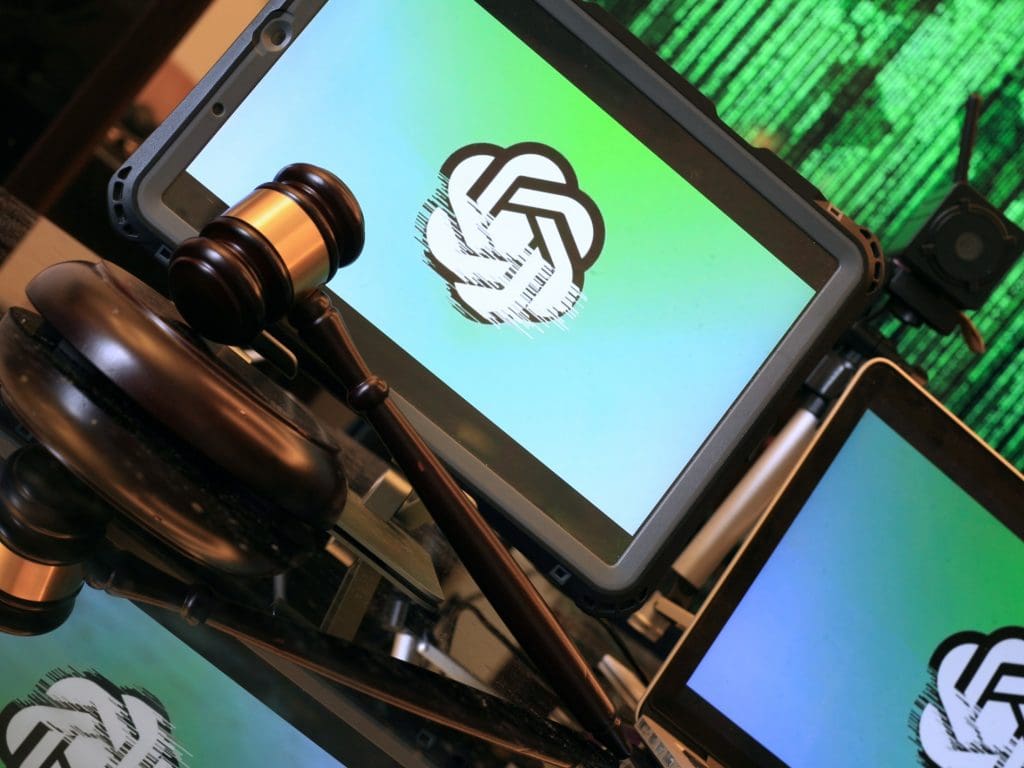In-Short
- European Parliament approves landmark AI Act with a majority vote.
- AI systems to be categorized into four risk-based tiers, with strict rules for high-risk applications.
- General AI rules effective from May 2025, high-risk obligations after three years.
- Mixed reactions from experts on the balance between innovation and rights protection.
Summary of the AI Act Approval
The European Parliament has taken a significant step by approving the first-ever regulatory framework for artificial intelligence, known as the AI Act. Garnering support from a majority of lawmakers, the Act aims to ensure a safe and human-centric development of AI technologies. It introduces a risk-based categorization for AI systems, imposing stringent requirements on high-risk applications such as autonomous vehicles before they can enter the EU market.
Implementation and compliance are the next focal points, with further legislation on AI in the workplace also in the pipeline. The EU is keen on setting a global standard for AI governance, with the general rules coming into effect in May 2025 and specific obligations for high-risk systems starting three years later. Oversight will be conducted by national agencies.
Opinions on the Act’s impact are divided. Some, like data scientist Curtis Wilson from Synopsys, view the strict regulations as a means to build public trust and ensure responsible AI development. On the other hand, Mher Hakobyan of Amnesty International expresses disappointment, suggesting the Act favors industry interests over human rights and lacks transparency. Data privacy lawyer Marcus Evans emphasizes the need for businesses to establish robust AI governance to comply with the new regulations.
Despite the approval, the EU faces challenges in balancing innovation with rights protection, as indicated by the varied reactions from experts in the field.
Further Reading and Image Credits
For more detailed insights into the AI Act and its implications, readers are encouraged to visit the original source.
Image credit: Tabrez Syed on Unsplash










